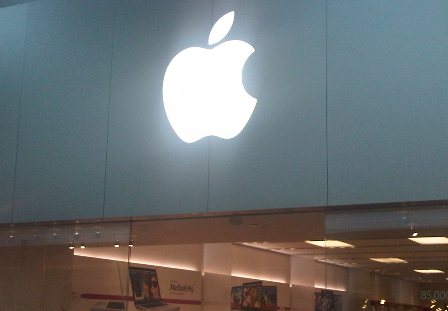I suppose there have been hiring companies with wildly unrealistic cost expectations forever; the internet just makes it more visible. Take, for example, this job post for PostgreSQL expert, which I republish here for criticism and comment, anonymized:
We are looking for a postgre expert with indepth Oracle skill to help with the following project:
1) migrate all data and structure from Oracle 9i to PostgreSQL 8.3.
2) create a script to capture daily differentials on Oracle db and export the changes to PostgreSQL
3) create a script to automate the import the Oracle differential export into PostgreSQL on a daily basis
4) full documentation
Will provide both Oracle and Postgre dev box to work with, interested party please send email to (REDACTED)
Job budget between USD 300 to USD 400. However need this delivered within one week from job acceptance, or before Dec. 31, 2009, whichever come first.
To clarify for anyone reading this, this is not my job post. I am not looking for a PG expert. Do not contact me to apply for this work.
This fellow wants:
- An experienced guru
- In two quite complex technologies, one of which is a very expensive technology
- To do a non-trivial project, and presumably, to be responsible for the results actually working
- Who can do their project Right Now
- Over the Christmas holiday, at least here in the US
- For a $400
It seems to me that this person, in addition to creating some annoyance on the mailing list where they posted it, simply has wildly unrealistic expectations. As a result, they are likely to end up disappointed with any real person applying for their work. They will quite likely get multiple applicants, eager to attack the job for the budget shown; so I am not suggesting that noone will do it.
Instead, I estimate that most likely a week will come and go, $400 will come and go, and they will not have a working system. With some struggle and legwork on the hiring end, they may get the end result for a surprisingly small multiple of the proposed budget… but if they started with a more realistic amount in the first place, they’d likely get there faster and with less work on the hiring end.
A broader lesson, that I’ve learned through experience in the trenches, is that if you don’t have a good feel for the price range, start with no price range. Then talk with the first handful of applicants, listening carefully. With a couple of hours (for a simple request), you’ll probably have at least some realistic sense of the size of your project. With this knowledge, you can make more realistic and credible job posts, yielding more and better applicants.
Were you hoping for an approach to fix someone else’s unrealistic expectations? Sorry, I’ve not found a good way to do this. The best you can do is to find and fix your own.

